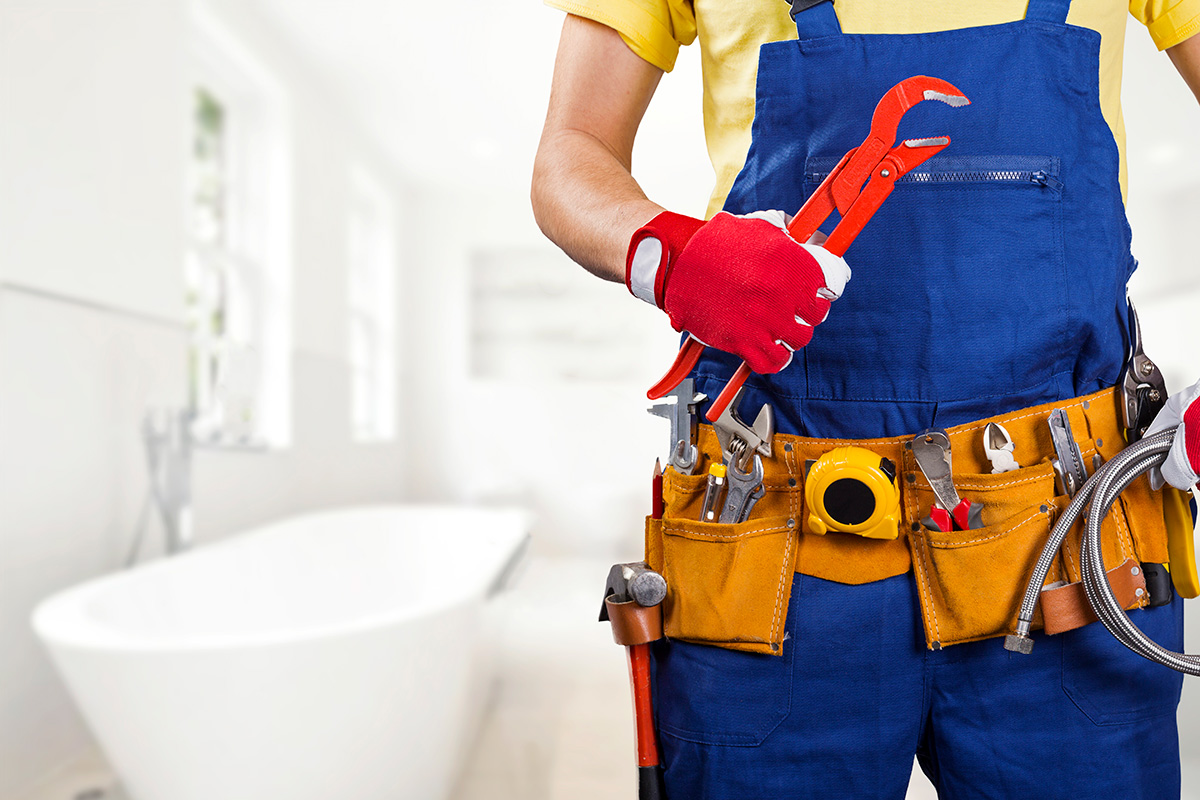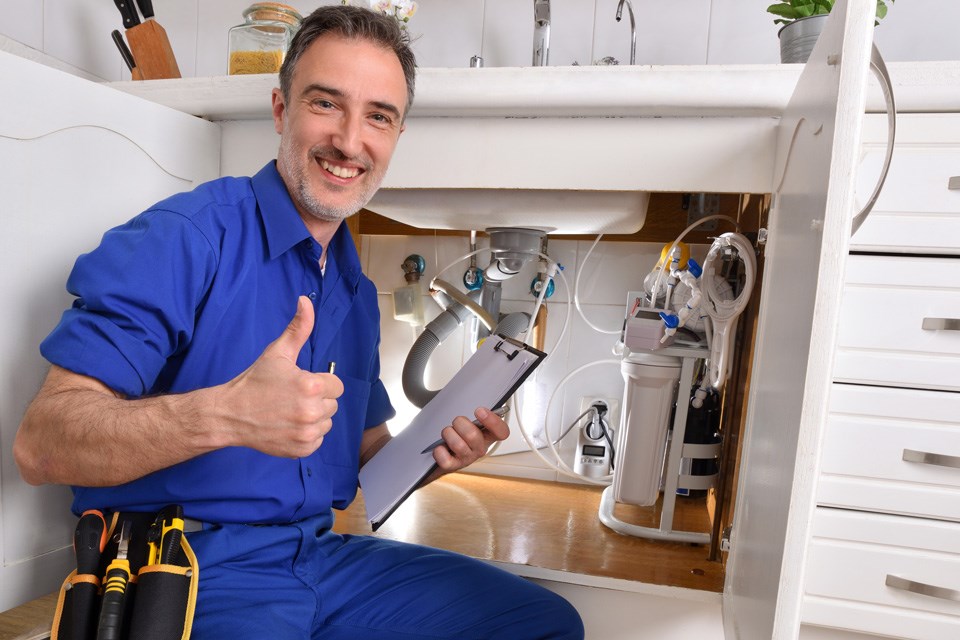Professional Water Heater Installation Alabaster AL You Can Depend On
Professional Water Heater Installation Alabaster AL You Can Depend On
Blog Article
A Detailed Guide to Efficient Water Heating Unit Installation for Ideal Performance
Embarking on the job of installing a hot water heater is an endeavor that requires precision and a systematic technique for attaining ideal performance. The process begins with the important decision of selecting the ideal heater customized to the details demands of your house, thinking about factors such as size, kind, and power source. As soon as chosen, preparing the installation location to meet safety requirements is critical. However, the journey doesn't end right here. As you proceed, the ins and outs of connecting water supply lines and setting up trusted electric or gas connections wait for, appealing understandings into ensuring effectiveness and reliability.
Choosing the Right Hot Water Heater

Next, consider the size and ability of the water heating unit. It's vital to examine your household's warm water needs, which can differ based upon the number of passengers and their use patterns. A system that's too small may result in insufficient warm water, while an extra-large design might result in unneeded energy usage.
Performance ratings additionally play an essential duty in selection. Seek water heating systems with high Energy Variable (EF) ratings, suggesting remarkable efficiency and reduced energy usage. Tankless designs, though usually extra pricey ahead of time, deal considerable energy cost savings gradually as a result of their on-demand home heating capabilities.
Preparing the Installment Location
Prior to installing a new water heating system, meticulous preparation of the installation area is vital. It's critical to measure the space meticulously to suit the water heating unit's measurements, guaranteeing sufficient clearance around the unit for reliable procedure and maintenance.
Next, remove any type of debris, dirt, or obstructions from the site to create a tidy atmosphere. Inspect the floor for stability, as the hot water heater will certainly require a strong, degree surface area to run effectively. If necessary, set up a drip frying pan under the unit to catch potential leakages or spills, stopping water damages to the surrounding location. In areas prone to seismic activity, take into consideration installing seismic bands to secure the heater strongly in location.
Furthermore, make sure that all required tools and products are on hand prior to commencing the installment. This includes products such as wrenches, screwdrivers, a level, and any added equipment needed for securing the heating unit and mounting. A well-prepared setup location establishes the foundation for a successful water heating unit configuration, enhancing performance and security.
Connecting Water Lines
When attaching water lines to your newly installed hot water heater, it is crucial to make sure that all links are secure and leak-free to maintain effective operation and stop water damages. Begin by recognizing the chilly and hot water system lines. The cool water inlet is commonly noted with a blue label or a "C", while the warm water outlet is noted with a red tag or an "H".
Use adaptable water heating system ports to facilitate an easier setup process. Prior to connecting the connectors, put a plumbing technician's tape around the threaded ends of the water heating system's inlet and outlet pipelines.
As soon as connections remain in location, slowly switch on the primary water system shutoff. Inspect each link for leaks by aesthetically inspecting and visite site feeling for moisture. Tighten up links as needed, and make certain the stress safety valve is properly installed, guarding against too much stress build-up.
Setting Up Electric or Gas Connections
Correctly establishing up the electrical or gas links for your hot water heater is an essential action to ensure effective and secure procedure. For electrical hot water heater, begin by verifying that the electrical circuit is suitable with the heating system's voltage and amperage demands. Make certain the power supply is transformed off at the breaker to avoid accidents. Attach the electric wires to the heater following the maker's electrical wiring diagram. Normally, this involves connecting the ground cable to the green terminal, and the staying cables to their equivalent terminals, safeguarding each with cable nuts.
For gas water heating systems, safety and security is extremely important. Link the gas line to the water heating system making use of an adaptable gas port, ensuring it is effectively threaded and sealed with pipeline joint substance or Teflon tape appropriate for gas links.
When connections are made, examine for any kind of potential leakages. For gas lines, use a soapy water service to the joints; bubbles suggest a leak. For electric links, double-check that all circuitry is secure and properly shielded, maintaining compliance with regional electrical codes.
Readjusting and evaluating for Effectiveness
With the electrical and gas connections safely in place, the next step is examining official website the operational efficiency of your water heating unit. Begin by thoroughly turning on the water supply and ensuring there are no leaks at any of the joints or valves.
Next, execute a complete evaluation to ensure the heating components or gas heaters are operating correctly. For electrical heaters, utilize a multimeter to confirm if the components are attracting the suitable present. In gas designs, observe the heater fire; it needs to be blue and constant, indicating efficient burning.
Change the setups as needed to get rid of inadequacies. Take into consideration applying insulation procedures, such as including a water heating system covering, to additionally boost performance by lessening warm loss. Additionally, examine the anode rod's problem, as a worn-out pole can lower performance and bring about container corrosion.
Verdict
Effective hot water heater installation is essential for making certain ideal efficiency and energy financial savings. By picking the suitable kind and you can look here size, and diligently preparing the installation area, a structure for success is developed. Securely linking supply of water lines and carefully establishing up electric or gas links decrease potential issues. Complete testing for leaks and exact thermostat modifications to 120 ° F improve reliability and effectiveness. Sticking to these actions promotes lasting functionality and energy preservation in property water furnace.

Effectively setting up the electrical or gas connections for your water heater is an essential step to make certain efficient and risk-free operation. For electrical water heating units, begin by validating that the electrical circuit is suitable with the heater's voltage and amperage demands. Attach the gas line to the water heating system utilizing an adaptable gas port, ensuring it is properly threaded and sealed with pipeline joint compound or Teflon tape appropriate for gas links.
Report this page